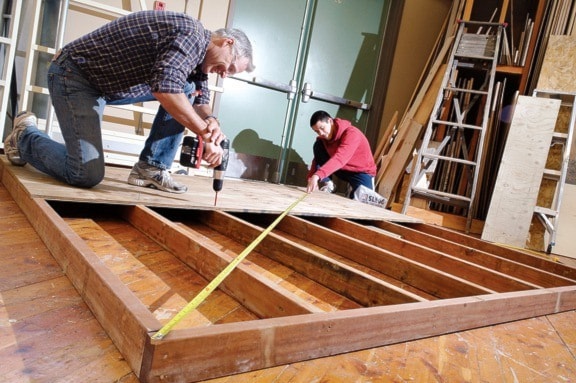Shop classes have been whittled down in recent years, but Nanaimo trustees hope to step in before there’s nothing left.
Jamie Brennan, school board chairman, said trades programs are waning for a variety of reasons, including falling enrolment, a focus on academic choices and budgetary reasons.
Trustees want the province to look at whether the system has adequate resources and staffing to help spark student interest – and provide extra funding where needed.
“There’s a skills shortage in B.C.,” Brennan said. “We’re looking forward to the shipbuilding contracts coming in and the need for qualified, Red Seal-certified tradespeople. We want those good-paying jobs in the shipbuilding industry to go to B.C. students.”
While high school courses will not prepare students to immediately go to work in a trade, the classes enable students to become aware of their aptitude and interest in those areas, Brennan said.
A motion from Nanaimo school board asking that the B.C. School Trustees Association support creating a provincial committee to develop a minimum equipment inventory to assist school districts in developing realistic budgets was approved at the provincial group’s annual general meeting recently.
Brennan said trustees developed the motion after discussing a report from the B.C. Technology Education Association.
The report states that as a result of funding cuts and the province’s decision to remove maximum class size numbers in recent years, there are fewer technology education teachers and those remaining are teaching larger classes with less supplies, equipment and maintenance.
Ken Holland, a shop teacher at Dover Bay Secondary School since 1992, said in the late ’70s, there were about a dozen shop teachers at Nanaimo District Secondary School alone. Now there are about that many in the entire district – but it’s hard to nail down why.
He suspects the drop results from a combination of things, including not being able to replace teachers – when he moved into the woodworking shop at Dover several years ago, the technology course disappeared without a qualified teacher to run it – and waning student interest.
Shop classes are not mandatory, said Holland, and if students don’t see value in learning the skills, they won’t take the course.
“You have to make it attractive,” he said. “It’s got to be fun, but challenging. If kids don’t like it, you don’t get the enrolment and you don’t get the budget.”
Class sizes have been creeping up in shop programs over the past 10 years, Holland added, which is a problem because many shops are designed to accommodate 24 students at a time and the larger the classes are, the less in-depth he’s able to go safely.
“The maximum number of students that I have had is about 28, but 30 has happened,” he said. “If it gets too crowded, they just have to wait their turn.”
Chris Birch, a shop teacher at John Barsby Secondary School, said the school only has woodworking courses, but it used to have metal works, power mechanics and electronics shops as well.
He said equipment isn’t the biggest issue – he can modify the curriculum to work with what they have, though in his experience, there is never a large enough budget to keep up with the latest in equipment – but class size is always a problem.
“It’s always been a struggle to keep the class size down to a safe level,” he said. “Times are tough right now and there’s less money to go around.”
Fred MacDonald, dean of applied trades and technology at Vancouver Island University, said he’s noticed that trades programs are on the decline in high schools.
He said 20 years ago, a student graduating from high school was much more prepared to go into a post-secondary trades training program than today.
“Students could advance a lot more quickly if they got the basics in high school,” said MacDonald. “It’s not just the skills themselves, it’s the interests and the motivation we need to be engendering.”
A bright spot is the district’s Career Technical Centre, which offers students dual credits for taking trades programs at VIU, and the Secondary School Apprenticeship Program, where youth can begin a career in the trades and receive high school credits for doing so, said MacDonald.
